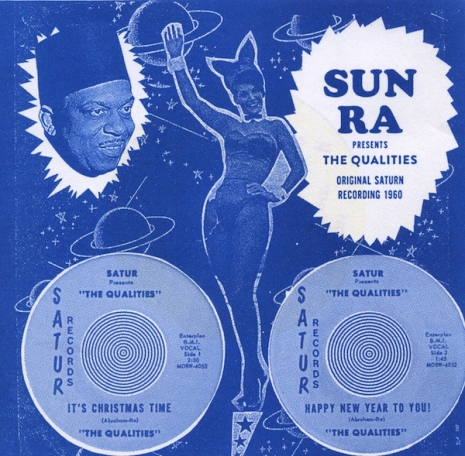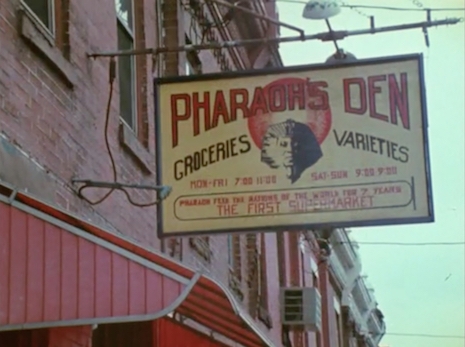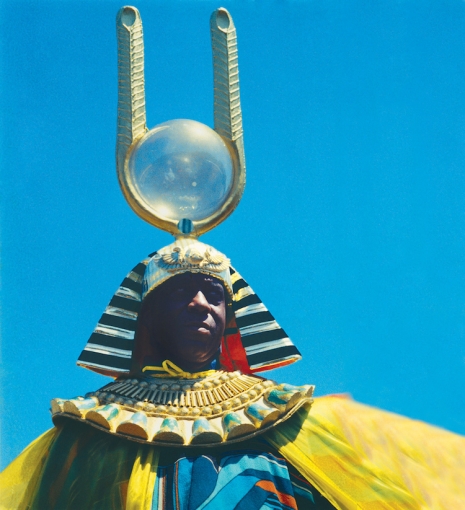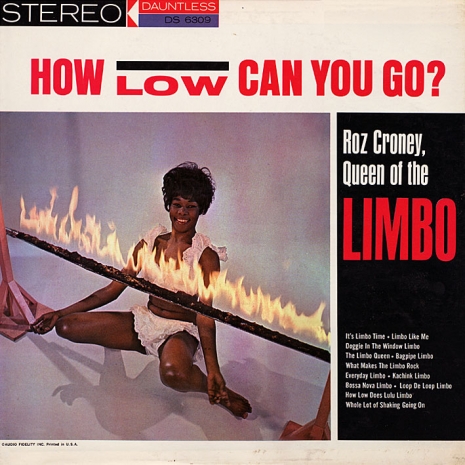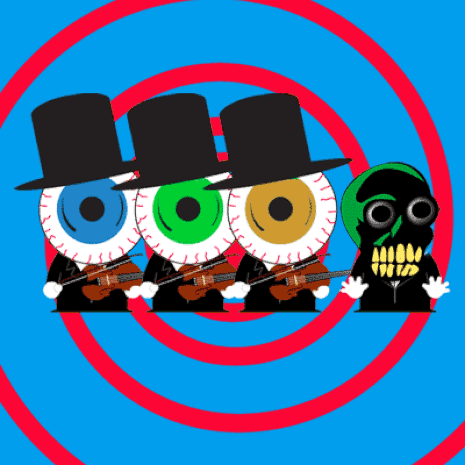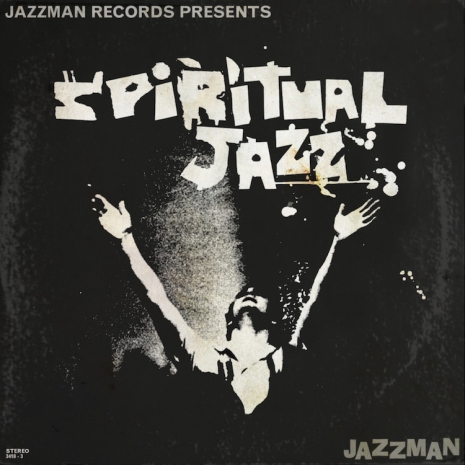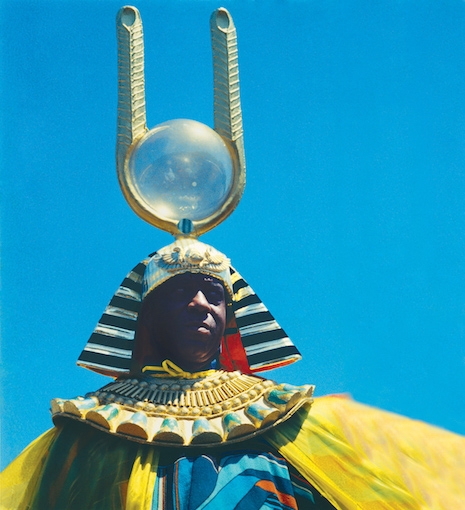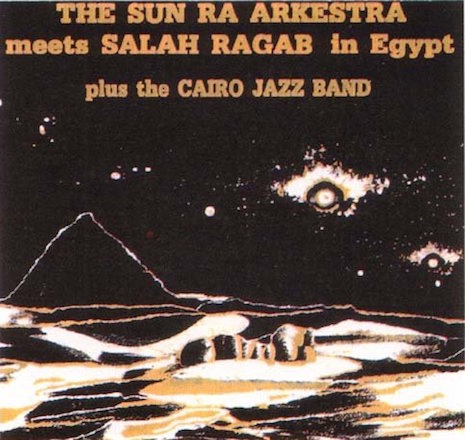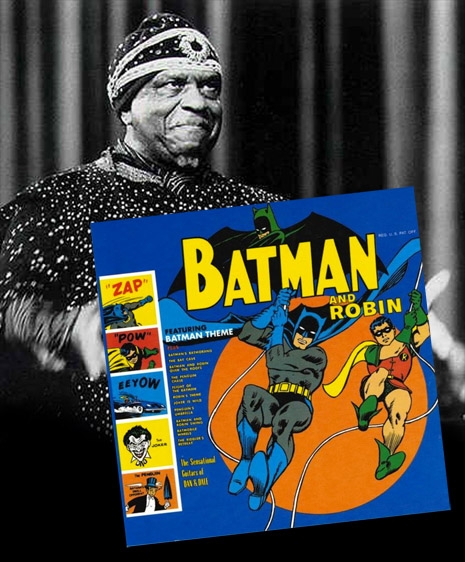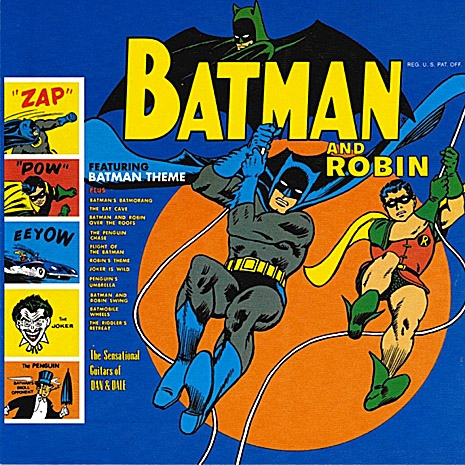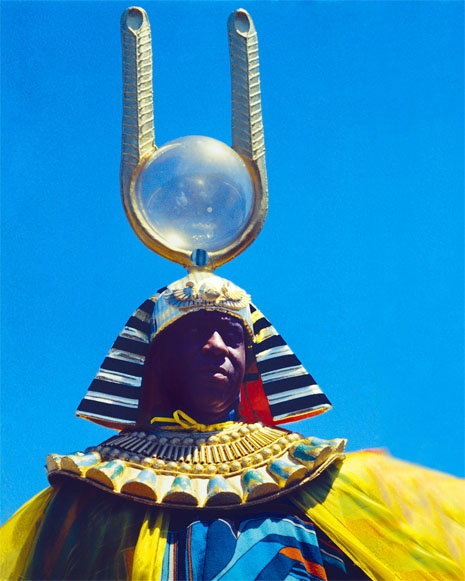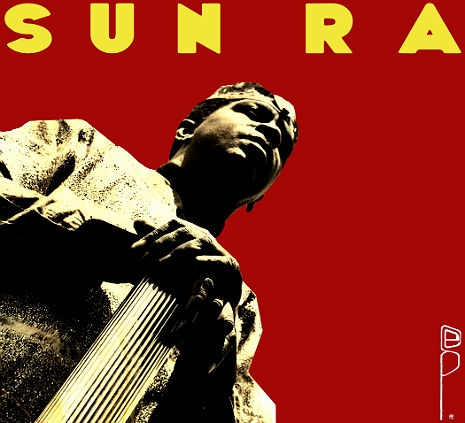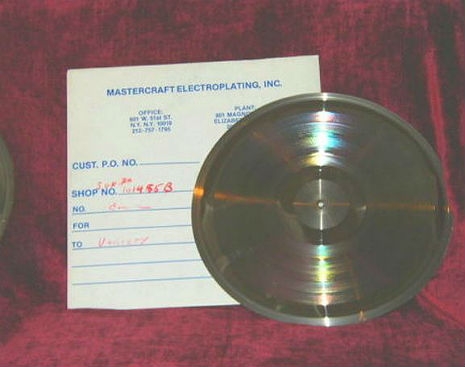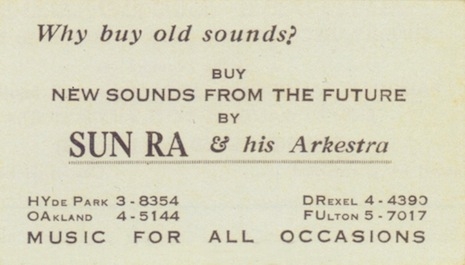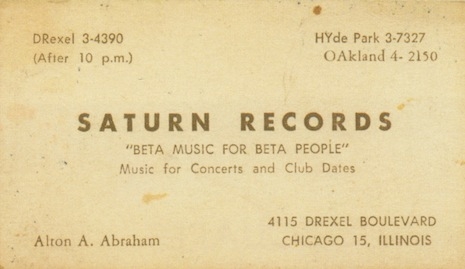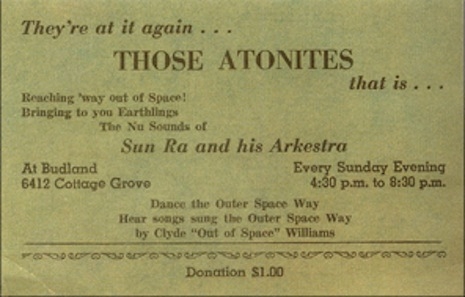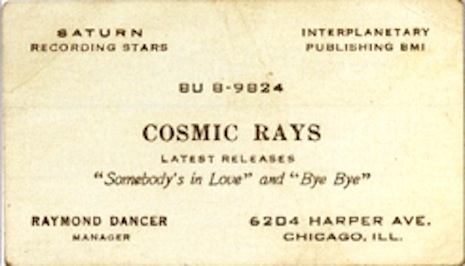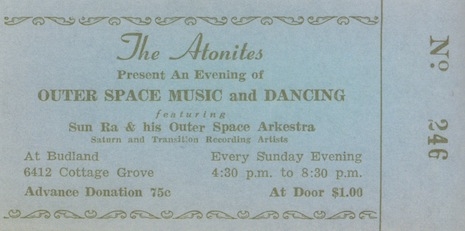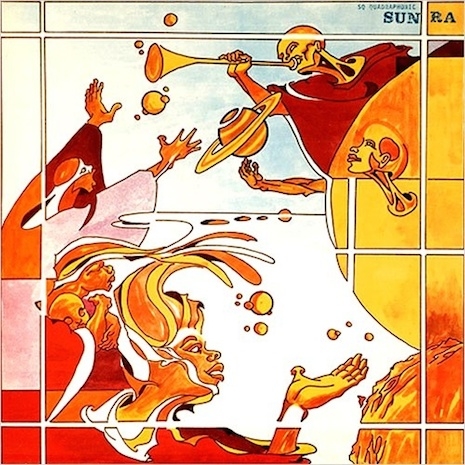
The first thing I’d do with a time machine is point it to Berkeley, California, 1971. Those are the spacetime coordinates of the Afro-American Studies course Sun Ra taught at UC Berkeley. I’ve never been able to find an image of an original syllabus, but the reading list reportedly included the King James Bible, Blavatsky, Ouspensky, Radix by Bill Looney, the Egyptian Book of the Dead, LeRoi Jones’ Black Fire, The Real History of the Rosicrucians, The Secret Doctrine of the Rosicrucians, The Rosicrucians: Their Rites and Mysteries, OAHSPE, and In the Pronaos of the Temple of Wisdom.
According to John F. Szwed’s scholarly biography Space Is The Place: The Lives And Times Of Sun Ra, when students complained that some of these books were impossible to find, their professor “merely smiled knowingly”—of course the books that disclosed the secret history of the world were hard to come by. Szwed describes the class:
“Every week during the spring quarter of 1971 he met his class, Afro-American Studies 198: ‘The Black Man in the Cosmos,’ in a large room in the music department building. Although a respectable number of students signed up, after a couple of classes it was down to a handful (‘What could you expect with a course named like that,’ Sun Ra once chortled). [...] But it was a proper course—Sun Ra had after all trained to be a teacher in college—with class handouts, assignments, and a reading list which made even the most au courant sixties professors’ courses pale.
[...] In a typical lecture, Sun Ra wrote biblical quotes on the board and then ‘permutated’ them—rewrote and transformed their letters and syntax into new equations of meaning, while members of the Arkestra passed through the room, preventing anyone from taping the class. His lecture subjects included Neoplatonic doctrines; the application of ancient history and religious texts to racial problems; pollution and war; and a radical reinterpretation of the Bible in light of Egyptology.”
Apparently, the Arkestra’s agents failed to prevent the taping of Sun Ra’s May 4 lecture, a recording of which surfaced on the double-CD set The Creator Of The Universe. Though the recording starts and ends abruptly in mid-sentence, it’s actually of higher fidelity than much of the master’s officially sanctioned musical product (just listen to the tapping of the chalk on the board). The whole thing is worth listening to, but for me the climax comes around the 37-minute mark. “If you’re not mad at the world, you don’t have what it takes,” Sun Ra told his musicians, and towards the end of the lecture, the questions of a tardy student seem to touch a nerve. Prof. Ra’s improvised response is an impassioned summary of his militant, gnostic philosophy:
“I’m thinking about the future of black Egypt, which is outside of the realm of history. History has been very unkind to black people, so actually what I’m always talking about is the myth, and nothing that has ever been is part of what I’m talking about, because I’m saying that black folks need a myth-ocracy instead of a de-mocracy. Because they’re not gonna make it in anything else. They’re not gonna make it in history[. . .]
You see, that’s what’s wrong with y’all. Now here you walk in, the last man to get in here, and you gonna ask questions. But honesty is not what I’m talking about. You’re not in a place where truth can do you any good. So you gonna have to come to me privately, and we’ll talk about things that can help the black race. Truth has been abolished, so any truth you say is not permissible in here, because it never done anybody any good. Now, I’m dealing with things that can do you some good. If I come across the biggest lie in the universe, if it can help the black race, then I’m gonna use it. That’s fair warning to anybody, any nation on the face of the earth. I’m gonna use anything I find, and any weapon that I find.
Now I find that the truth is not permissible for me to use. Because I’m not righteous and holy; I’m evil. That’s because I’m black. And I’m not a striver to any righteousness. I never been righteous, I’m never going to be righteous. So now I’m evil. I’m the incarnation of evil. I’m black. I’m following their dictionary. Now I’m dealing with equations. I can’t go around and tell you I’m ‘right’ or ‘good’ when the dictionary is telling everybody in the world everything black is evil and wicked, so then I come and say, ‘Yes. So what? Yes, I’m wicked. Yes, I’m evil.’ I’m not gonna be converted. I’m not gonna strive to righteousness. I don’t wanna go to heaven, because good folks don’t never do nothing but be good, and they always failing, and they always getting killed, and they frustrating. So all I see on this planet is something evil like the white man being successful, and successful, and successful, and successful.
And I see evil killing black men every day, destroying him. Why should I be good? No, it’s better for me to come up to the white race and say, ‘Yes. We evil people should sit down to the table and talk together. You’re evil, I’m evil too. Now, them other folks that you’re dealing with are good black folks. I’m not good, and you’re not good. We understand one another.’”
This is before he gets to explaining that white people are evil and wicked because “they were made evil and wicked in imitation of the evil and wicked black man,” but you should really just listen to the whole thing.
Listen to or download the entire thing at Sensitive Skin.









